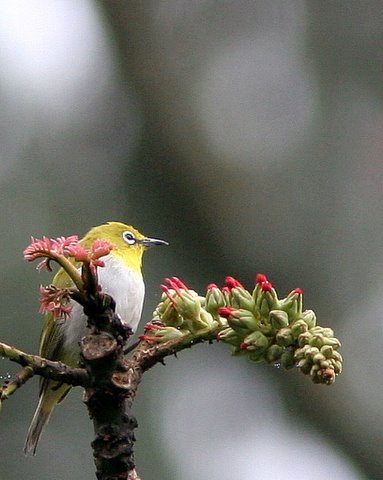From another LJ....you can call it Urdu, or Hindi...
From the LJ of
Ankhon mEy ashk liyA firtEy hai, apni neendEn Apki nAm karte hain, jab bhi Apke palak jhapkEy thO samajh lEna, hum Apko yAd kiyA kartEy hain…
nA kabhee yeh chupAyA ke pyAr kitnA hai; nA kabhee yeh jatAyA ke dard kitnA hai. bus Ek hum aur us khudA kO hai mAloom tujsEy mulAqAt kA intezAr kitnA hai.
hum nazArOn sEy door hain, AnkhOn sEy naheen, hum khwAbOn sEy door hain, khayAlOn sEy naheen, hum dil sEy door hain, dhadkan sEy naheen, hum Ap sEy door hain, Apki yAdOn sEy naheen…
I have transcribed it phonetically, according to the system I follow, so that it can be read off accurately.
I go around carrying your image in my eyes I dedicate my sleep to you.. Whenever you blink, take it that I am thinking of you…
I never hid how much love there is; I never told how much pain there is. Just I, and God, know How much is the anticipation of meeting you.
I am far from the sights, but not from the eyes; I am far from dreams but not from recollections; I am far from my heart but not from its beats… I am far from you– but not from memories of you….
In Urdu and Hindi poetry, the first person plural “ham” (=’we’) is often used as a cultured way of referring to oneself. The second person is also plural (‘aap’ instead of ‘thum’ or the more familiar ‘thoo’), and that gives respect to the other person. German also has this “second person plural” as a way of giving respect. This particularly adds elegance and grace to love poetry.
And here’s another very small but very beautiful bird, that we saw in Nandi Hills…
That’s the Oriental White-Eye (one of the times when the name makes a lot of sense!), a restless bird that flits around to the despair of photographers like me…by the time I have the camera lens fixed on the (&**&^ bird it’s not there!

